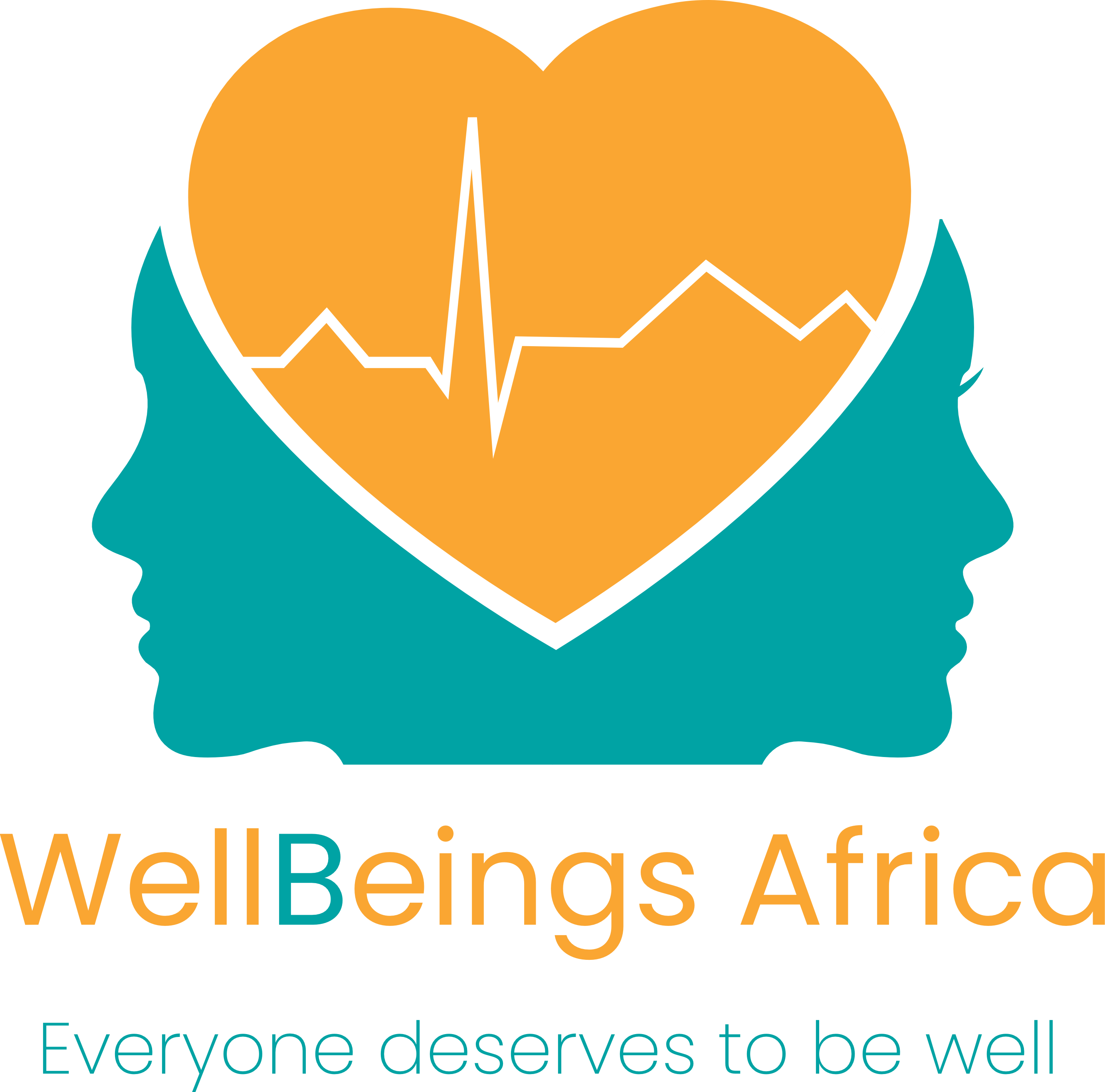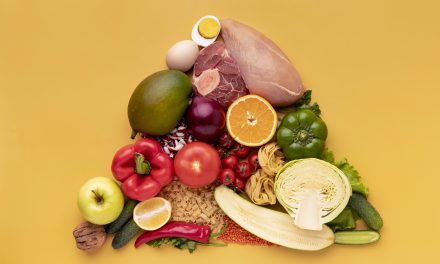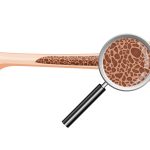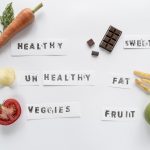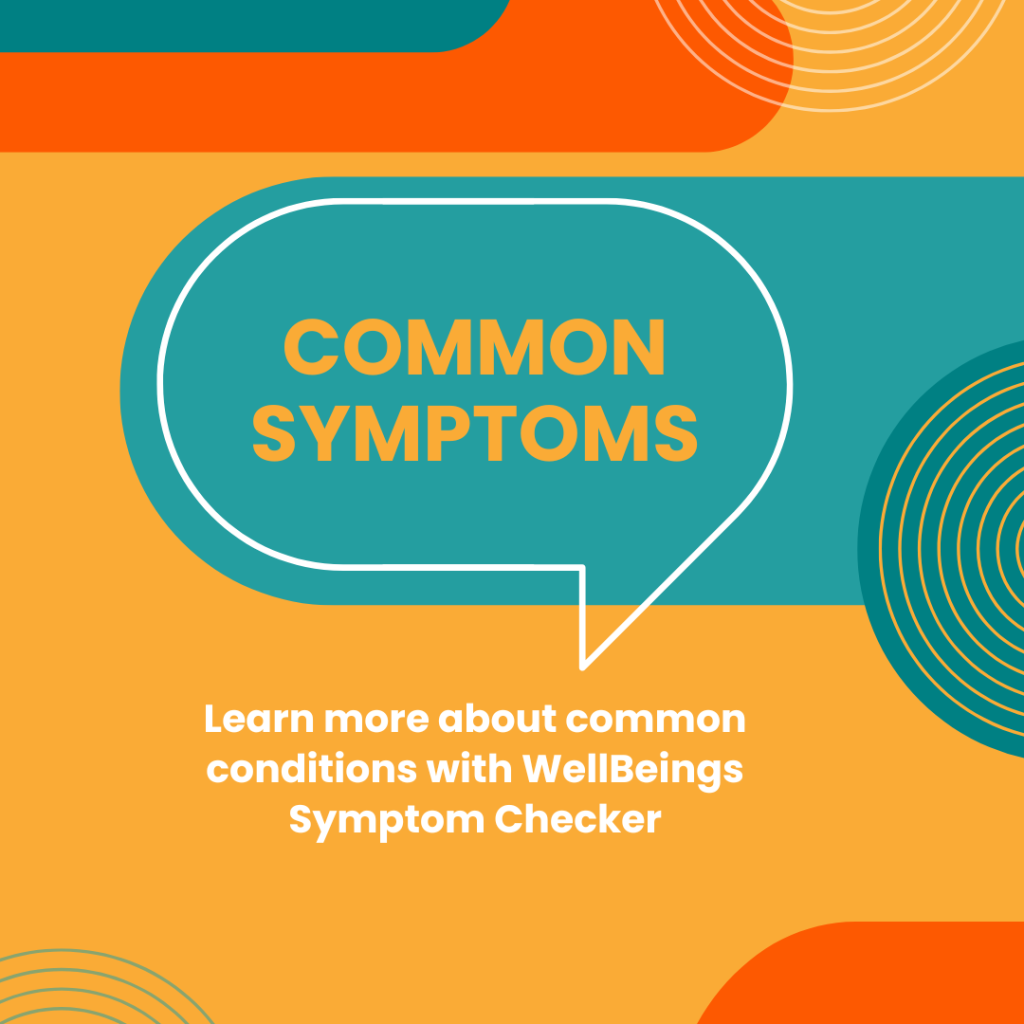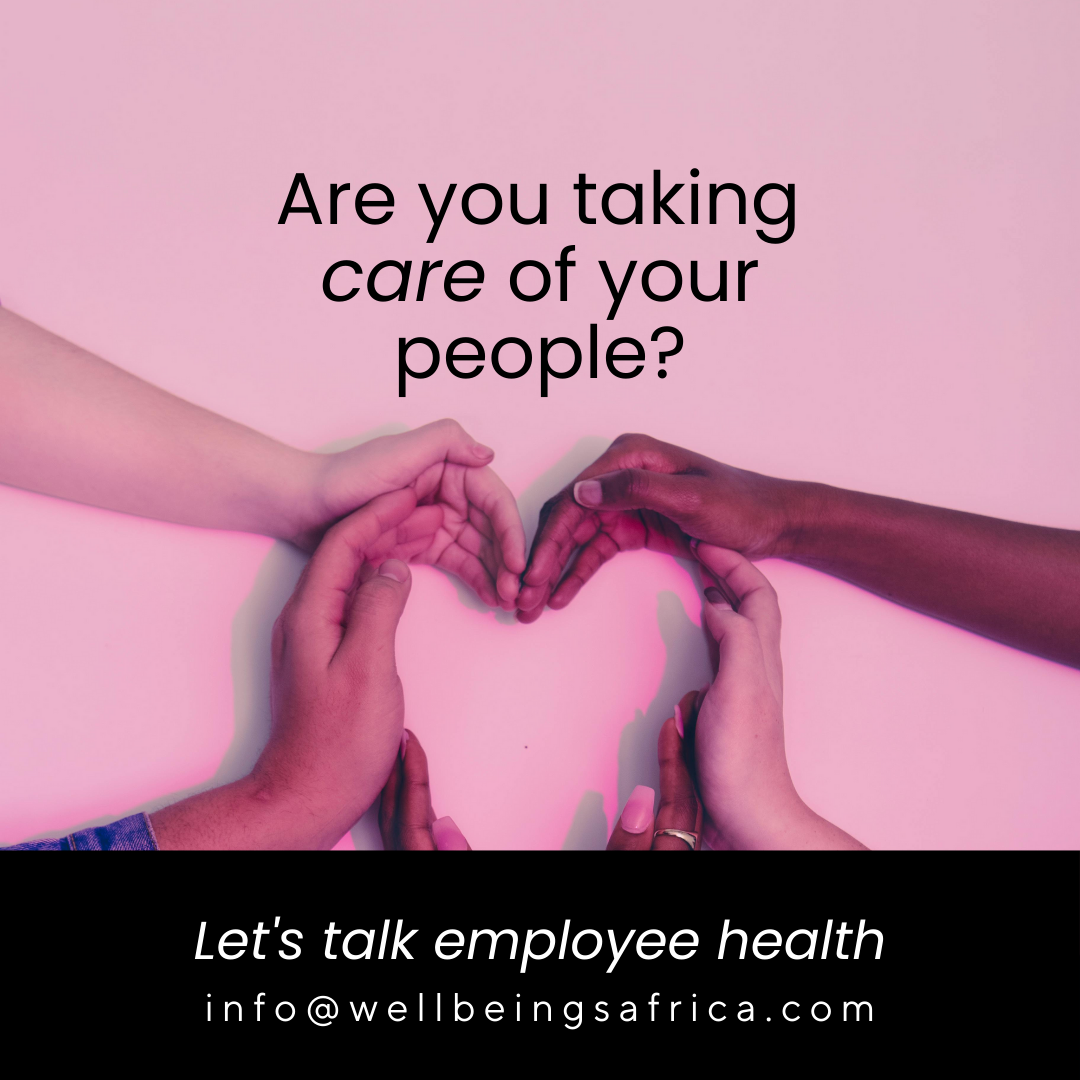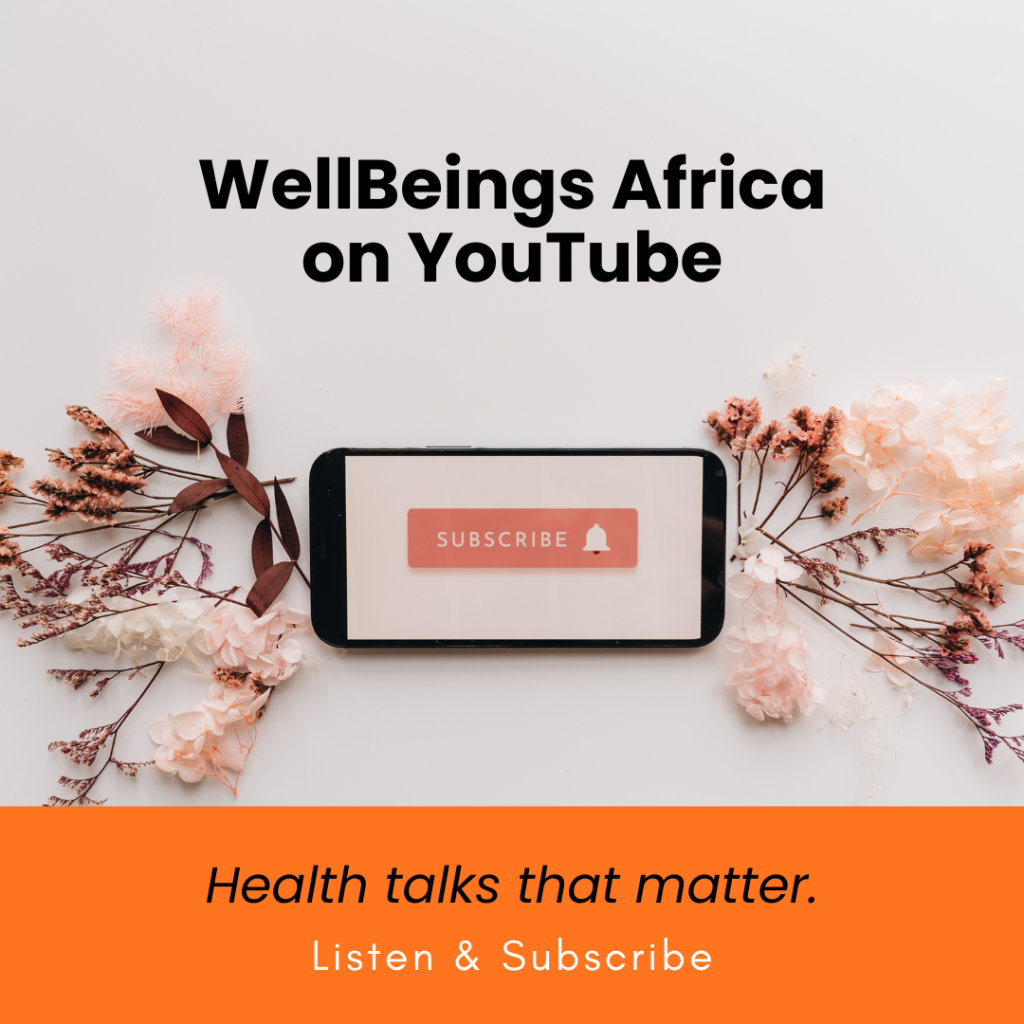Quick and simple swaps to help reduce your sugar intake and manage diabetes
The World Health Organization (WHO) recommends that added sugars should make up less than 10% of total daily energy intake, with an ideal goal of less than 5% for additional health benefits.
This translates to about 6 teaspoons (25 grams) of added sugar each day for women. For men, it’s approximately 9 teaspoons (36 grams) of added sugar per day. With that in mind, let’s consider how much sugar we actually have in one day, and if you’re diabetic, it’s even more important to reduce your sugar intake to better manage your health.
Quick Read:
- Diabetics, especially those with Type 2 diabetes, must pay close attention to their sugar intake.
- Excess sugar is a leading risk factor for diabetes, and even children are at risk.
- Even natural sugars can spike your blood sugar, so it’s important to practise moderation.
How much sugar are we really eating?
Sugar is found in almost every type of food. Try to add up your intake. How much sugar goes into your coffee? That’s two or three times a day. Then there’s the tomato sauce you’ve slathered over your chips. Yep, there’s sugar in that. Don’t forget the chocolate you had after supper, or the bowl of ice-cream. And if you’re regularly sipping juices and soft drinks, chances are your sugar intake is off the charts.
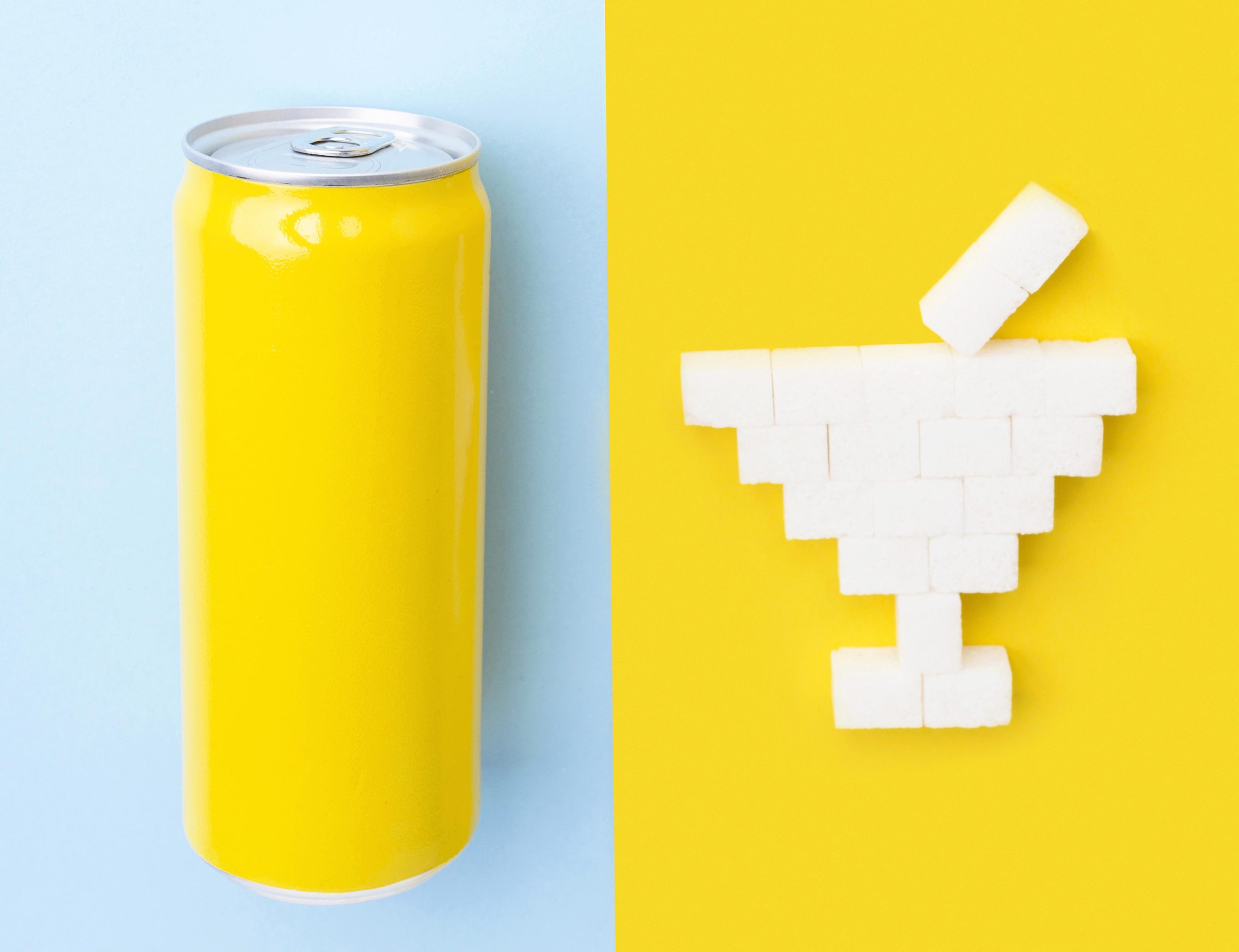
Simple steps to reduce your sugar intake
Cutting sugar isn’t just about your waistline; it can make all the difference in managing diabetes and lowering your risk for this disease. Sugar overload can spike your blood sugar and increase health risks, but small changes can make a big difference. Here are some easy (and surprisingly delicious) ways to cut back without feeling deprived!
More water, fewer soft drinks
- Drinking sugary, fibreless liquids (such as soft drinks, sweetened waters, and coffee drinks) raises insulin levels and triggers food cravings. A relatively quick way to reduce your sugar intake is to substitute these beverages with water, sparkling water, herbal tea, unsweetened coffee, and fruit.
Satisfy your cravings without sugar
- You can satisfy your need for sugar with natural sources. Instead of chocolate, opt for yoghurt with a splash of honey. Skip ice-cream and have a mango. You don’t need a slice of cake when you can have pears or plums baked with cream. And if you must have chocolate, dark chocolate is generally far healthier and more filling.
No sauce, lots of flavour
- Your food doesn’t always need the extra sugar from tomato, barbecue, or sweet chilli sauce (all filled with sugar). Instead, flavour your food with herbs and spices. Bonus: these are usually free of calories. Pesto is also a good alternative sauce for sandwiches.
Be better at breakfast
- Cereals are typically loaded with sugar, and it does your body no good to feed it a sugar high first thing in the morning. Change up your breakfast menu and opt for scrambled eggs, wholegrain toast, a protein smoothie or avocado and toast. Pancakes, waffles, muffins, and jams are also high in added sugar.
Low-fat high sugar
It seems logical to buy low-fat foods when you’re trying to eat healthier or reduce your sugar intake. But the twist is that many low-fat foods are high in sugar. Get into the habit of reading the label on the back of the food item and you’ll see the sugar content. Look for names like “sucrose”, “dextrose”, “molasses” – these are all alternative names for sugar. Low-fat doesn’t mean less sugar so read those labels carefully.
Help at hand
- Fennel is said to be a natural sweet source that helps keep sugar cravings away. Chew a few seeds after supper.
- Don’t head to the shops when you’re hungry! This is a good way to ravage the sweet aisle.
- For every sweet you “crave”, drink a glass of water first. This trick may just quench that craving.
- Overhaul your diet to focus less on quantity, and choose more foods that are natural.
Image: Freepik
